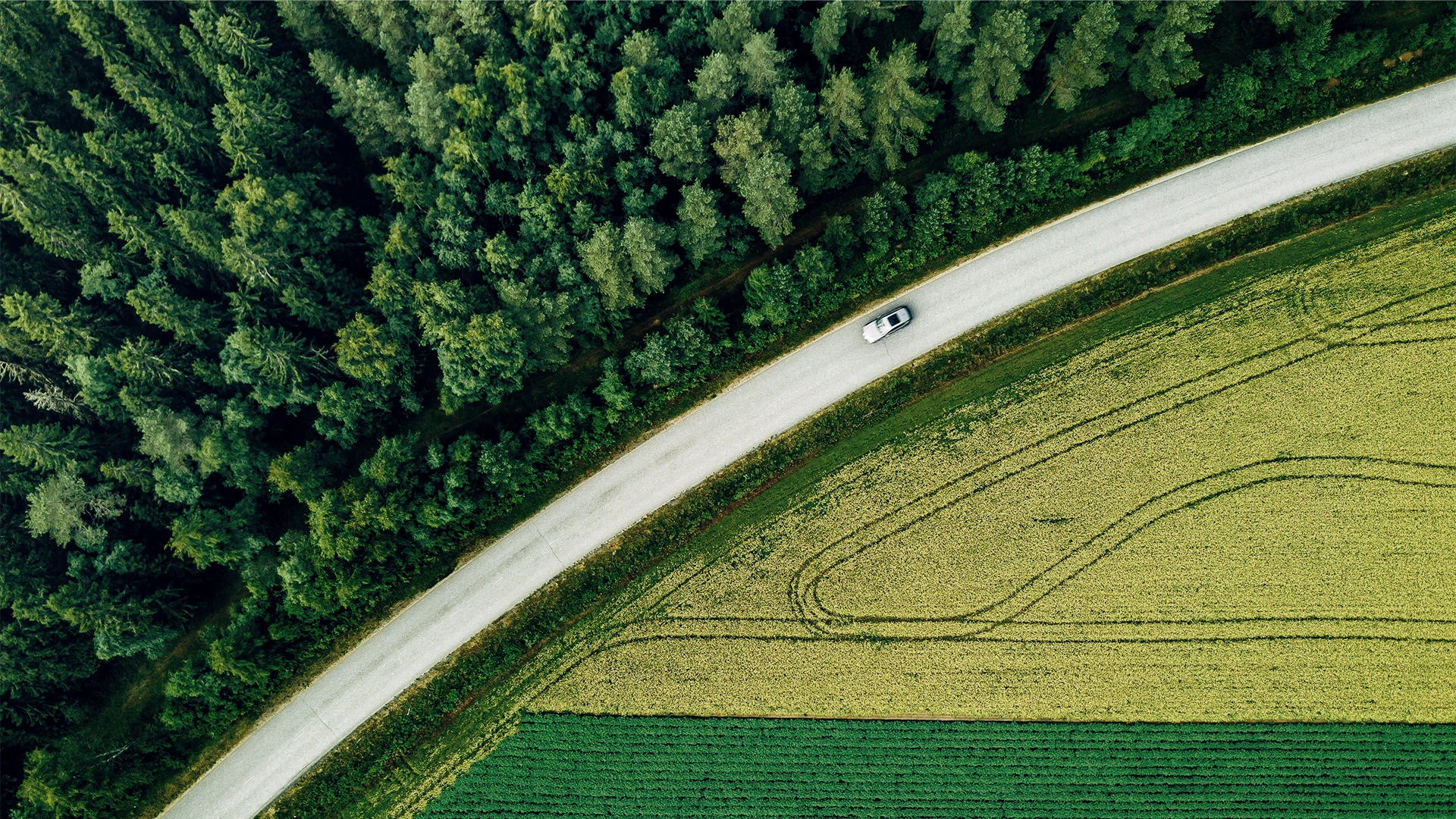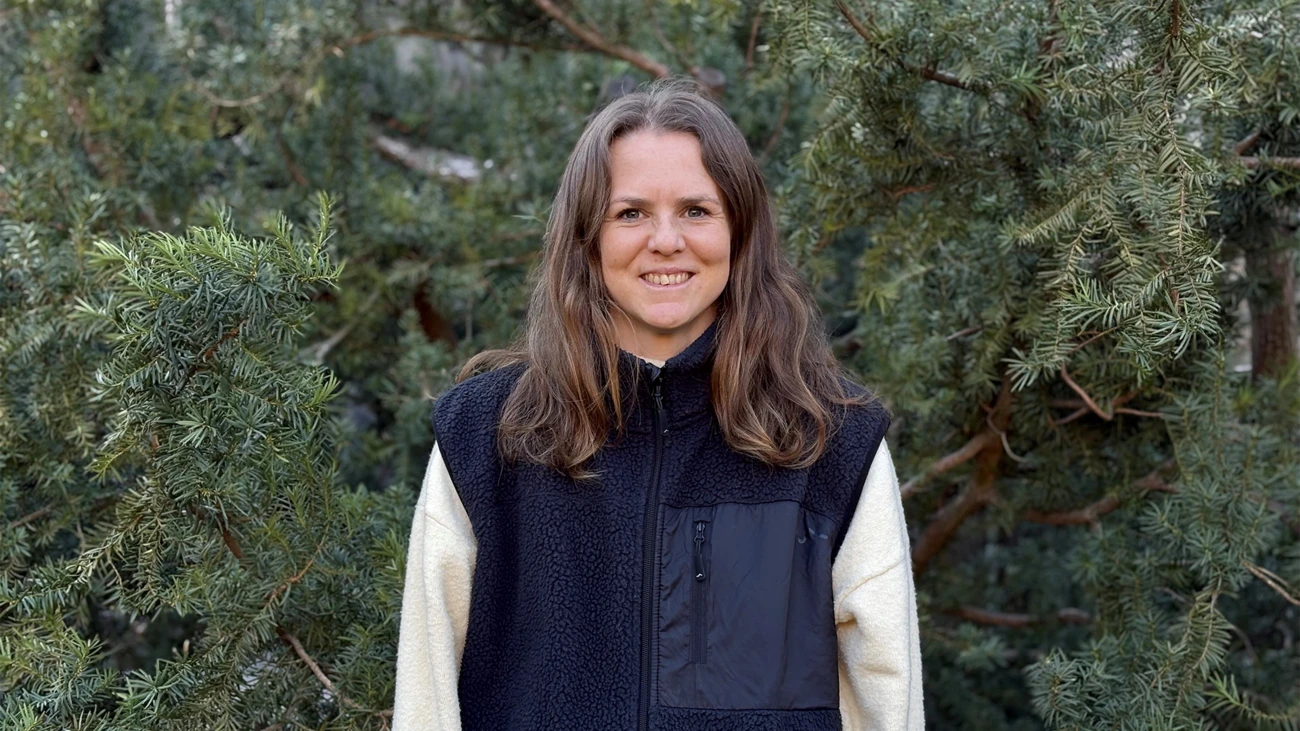
Sign up for the Sustainable Finance Monthly newsletter
Register below for the latest insights from Nordea’s Sustainable Finance Advisory team direct to your mailbox.
Read moreThe bond issuance supports Sweden’s green transition by enabling direct investment in two key sectors, combining climate action with biodiversity preservation and food security.

Landshypotek Bank has completed a transaction using its newly updated Green Bond Framework, giving investors direct access to financing the transition in two of the most critical sectors for climate and biodiversity: forestry and agriculture.
These are sectors that hold unique potential to both reduce emissions and capture carbon. The bond allocates 75 percent of the proceeds to sustainable forestry and 25 percent to sustainable agriculture, ensuring capital flows to projects with measurable environmental impact.
This is not Landshypotek’s first green bond issuance. In 2018, the Swedish bank became the world’s first issuer of a green covered bond exclusively financing sustainable forestry. When refinanced in 2023, the bond saw significant investor demand due to its high climate value. Now Landshypotek has returned to the bond market, complementing the climate benefits of sustainable forest management with green transition opportunities in sustainable agriculture.
Forests are among Sweden’s largest carbon sinks and provide renewable resources that replace fossil-based products. This substitution effect makes forestry a cornerstone in the shift to a fossil-free society. At the same time, agriculture is essential for food security and ecosystem services, such as water purification, carbon sequestration and biodiversity.
Unlike many other sectors, forestry and farming can both reduce emissions and create natural value. Landshypotek offers investors the opportunity to finance climate positive forestry and support precision farming, which reduces inputs and emissions while improving soil health. The investments also go towards improved biodiversity and climate resilience of farmland.
“Forestry and agriculture are central to addressing climate challenges,” says Martin Kihlberg, General Counsel and Chief Sustainability Officer at Landshypotek. “They capture carbon, produce renewable raw materials, and strengthen biodiversity. By updating our Green Bond Framework, we ensure that our bonds finance projects that truly make a difference for the environment and future generations.”

Forestry and agriculture are central to addressing climate challenges. They capture carbon, produce renewable raw materials, and strengthen biodiversity.
For investors, the green bond offers a unique opportunity to finance sectors that are not only essential for climate mitigation but also for climate adaptation and biodiversity. Unlike many green investments that focus solely on emission avoidance, Landshypotek’s framework combines carbon sequestration, substitution of fossil-based products and ecosystem restoration. This means measurable, long-term impact aligned with global sustainability goals, while supporting and future-proofing sectors that underpin food security and resilience in a changing world.
Samuel Pendergraph, Senior ESG Analyst at Nordea who covers the forestry sector, says: “Forestry is a critical and proven method towards direct climate change mitigation. Swedish forests create opportunities for owners to maximize climate mitigation through harvesting wood for forest products or allowing forests to continue to grow and foster greater biodiversity on their land.”
Torkild Dalgaard, Senior ESG Analyst at Nordea who covers the agriculture industry, adds: “A transformation in agricultural practices is essential for advancing the green transition of the Nordic food system. It is critical to achieve significant reductions in greenhouse gas emissions and to minimise the impact on ecosystems. The most immediate transition financing needs relate to acquiring new machinery and equipment, such as precision farming technology, enabling farmers to optimise input for crop production. Sustainable farming also involves land use changes, landscape conservation and restoration, supporting ecosystem resilience and biodiversity. Environmental certification schemes play a vital role in defining sustainable agricultural practices, enhancing transparency around farming’s environmental impact. Increasing green financing towards the sector is highly necessary.”

With our updated framework and latest bond we take important steps towards real impact for climate, nature and resilience in the domestic food production – all built upon impact created in fields and forests, by farmers and foresters.
Forestry and agriculture are deeply interconnected in Sweden, with many farmers also being forest owners. This close link means that investments in both sectors reinforce each other, creating synergies for climate action, biodiversity and rural resilience. By including both forestry and agriculture in its updated Green Bond Framework, Landshypotek ensures financing supports the full landscape approach needed for a sustainable transition.
Malin Svedberg, Sustainability Specialist at Landshypotek, concludes: “With our updated framework and latest bond we take important steps towards real impact for climate, nature and resilience in the domestic food production – all built upon impact created in fields and forests, by farmers and foresters. We are glad that investors and the capital market are eager to take these steps with us.”

Register below for the latest insights from Nordea’s Sustainable Finance Advisory team direct to your mailbox.
Read more
Sustainability
Amid geopolitical tensions and fractured global cooperation, Nordic companies are not retreating from their climate ambitions. Our Equities ESG Research team’s annual review shows stronger commitments and measurable progress on emissions reductions.
Read more
Sector insights
As Europe shifts towards strategic autonomy in critical resources, Nordic companies are uniquely positioned to lead. Learn how Nordic companies stand to gain in this new era of managed openness and resource security.
Read more
Open banking
The financial industry is right now in the middle of a paradigm shift as real-time payments become the norm rather than the exception. At the heart of this transformation are banking APIs (application programming interfaces) that enable instant, secure and programmable money movement.
Read more